The day my child was killed by an elephant
Conflict
between humans and elephants is more intense in Sri Lanka than anywhere
else in the world - 70 people are killed every year and more than 250
elephants die. Clashes are particularly frequent in areas that were
abandoned for long periods during the country's lengthy civil war.
Last
June, six-year-old Sulojini and her father, Raja Thurai, were returning
home from the river in the late afternoon sunshine. Suddenly, an
elephant appeared from the bush and attacked. "The elephant lifted us with its trunk and threw us on the ground," remembers Thurai. "I lost consciousness, and when I woke up, my daughter was already dead."
The incident happened close to the Thurai's village, Paavatkodichchinai in Sri Lanka's Eastern Province, near paddy fields and in an area dotted with fruit bushes.
"I've lost two of my children - a son during the war, and Sulojini to an elephant," he says.
Paavatkodichchinai is inhabited by Sri Lanka's Tamil minority, like many communities on the eastern part of the island.
During the civil war, the presence of Tamil Tiger rebels made the Eastern Province a target for government forces, and when fighting was intense, local people fled.
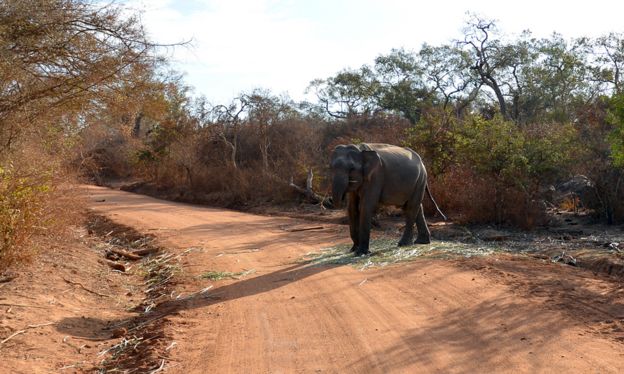
"We chase them away, but they come back again and again. Every night we have to stay awake - last night also, I didn't sleep," Thurai, says.
His family's home is one of many in the village that have suffered night attacks. The house, shaded by two large mango trees, still has part of a wall missing - destroyed by an elephant one night just before Sulojini was killed.
"It happened at 02:00," says Indrani, Raja Thurai's wife. "The elephant trumpeted and ran towards the house, hitting the roof and wall."
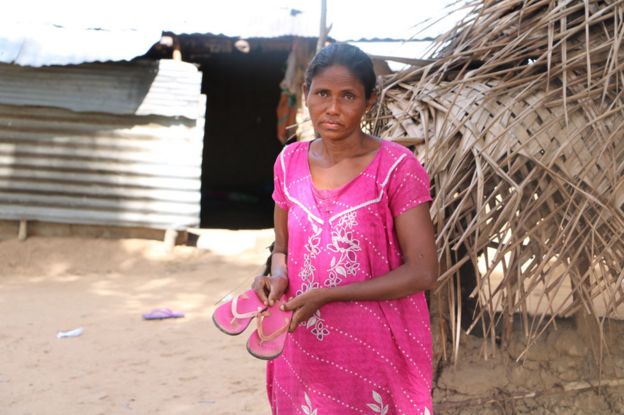
The couple do not have a picture of the daughter they lost, but they have kept the small, pink flip-flops she was wearing when she died.
Since then, the village has organised an informal neighbourhood watch scheme. Households have access to firecrackers to frighten the elephants away, but experts argue fireworks are not the answer.
"Communities get into a kind of arms race," says Dr Pruthu Fernando, a conservationist who has spent much of his professional life trying to mitigate human-elephant-conflict in Sri Lanka.
"If an elephant comes and tries to eat the crops, people shout at it. So the elephant is scared and goes away. Then the elephant realises people are only shouting, there's no harm to it. So next time people shout, the elephant still comes and raids."
Villagers work through a series of deterrents: first they throw rocks at the animals, next they begin to light fires. Finally, they use firecrackers.
"Some of those go off like a bomb," says Fernando. "But elephants soon realise they are only a lot of noise, so they still come and raid. Ultimately, people end up shooting the elephant. All of these things are confrontational."
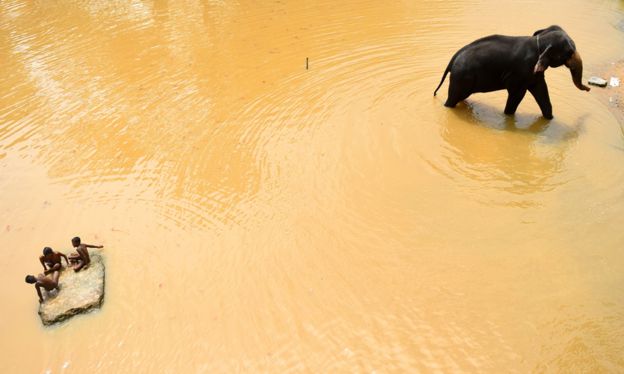
Elephants are free to roam agricultural land during fallow periods, and farmers only put up the barriers when they plant their crops.
"The farmers take down the fence the day they harvest," he says.
Sri Lanka already has 3,500km of electrified fencing aimed at containing elephants, but much of it is in the wrong place.
Historically it has been used to mark boundaries - of private property and national parks. But eventually, elephants destroy it. Fencing has to be close to human activity to be effective, Fernando says.
"Fences work. If you maintain them well, elephants learn this is a no-go boundary. They're also non-confrontational, so that leads to the possibility of better co-existence."
Enable it in your browser or download Flash Player here.
Sorry, you need Flash to play this.
The Rathugala Veddha community close to the Gal Oya National Park in south-eastern Sri Lanka - who trace their ancestry to some of the island's earliest inhabitants - chant, invoking God and the spirits, to protect them when they are in the forest. No-one can remember a time when anyone was injured - let alone killed - by an elephant.
"We can sense when an elephant is close-by - we can feel it," says Poramal Aththo. "We have that power in us."
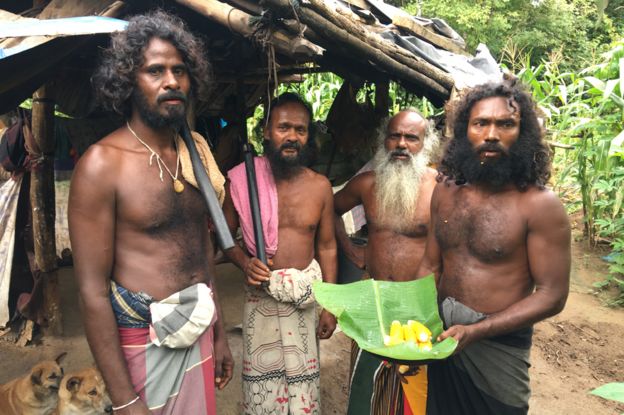
Poramal Aththo says he could teach other Sri Lankans how to stay safe, but it is an art - not something that can be learned in a day.
On the other side of the human-elephant-conflict equation are babies like Leila. She was rescued after eating a hukka patta - a primitive gunpowder bomb disguised as a fruity treat. It blew up in her mouth, fracturing her jaw, and destroying half her tongue.
Read more:
This inspirational lady overcame cancer to graduate from university with distinction
Checkout pictures from the 400-room mansion built by Orji Uzor Kalu
Story of release of 82 Chibok Girls part of Buhari’s govt diversionary tactics – Fayose
Leila is being treated at the Department of Wildlife Conservation's facility near the temple city of Polonnaruwa.
"The mortality rate of elephants eating hukka pattas is very high," says Dr Pinidiyage Manoj Akalanka, the vet on duty. "Most of them will die." Death by hukka patta is cruel - unable to eat, the animal starves to death.
In this district alone, they see around 40 cases a year. Leila was injured by bullets too - something Akalanka says is becoming more common as farmers become desperate to defend their crops from marauding animals.
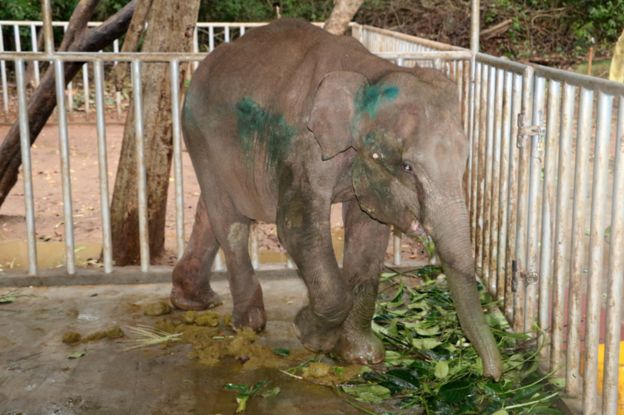
After Sulojini was killed by an elephant in Paavatkodichchinai, electricity was finally installed in the village.
This makes possible a system of electrified fencing - although there is no sign the government or any other organisation will provide it any time soon.
The government does pay 500,000 rupees ($3,278) to the families of those killed by elephants. But there is no way to compensate a family for the loss of a little girl in pink flip-flops, who never returned home from her afternoon bathe.


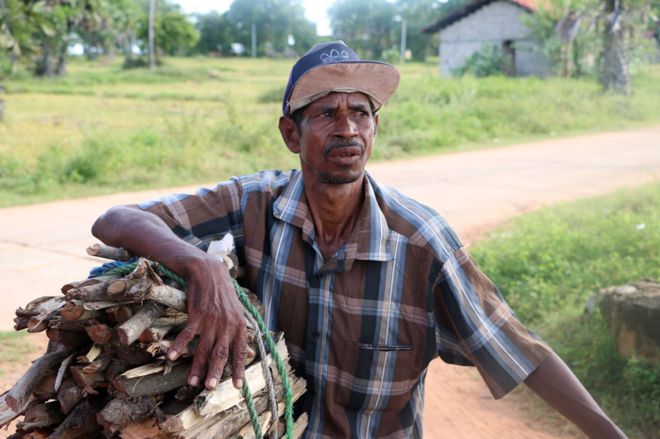
No comments:
Post a Comment